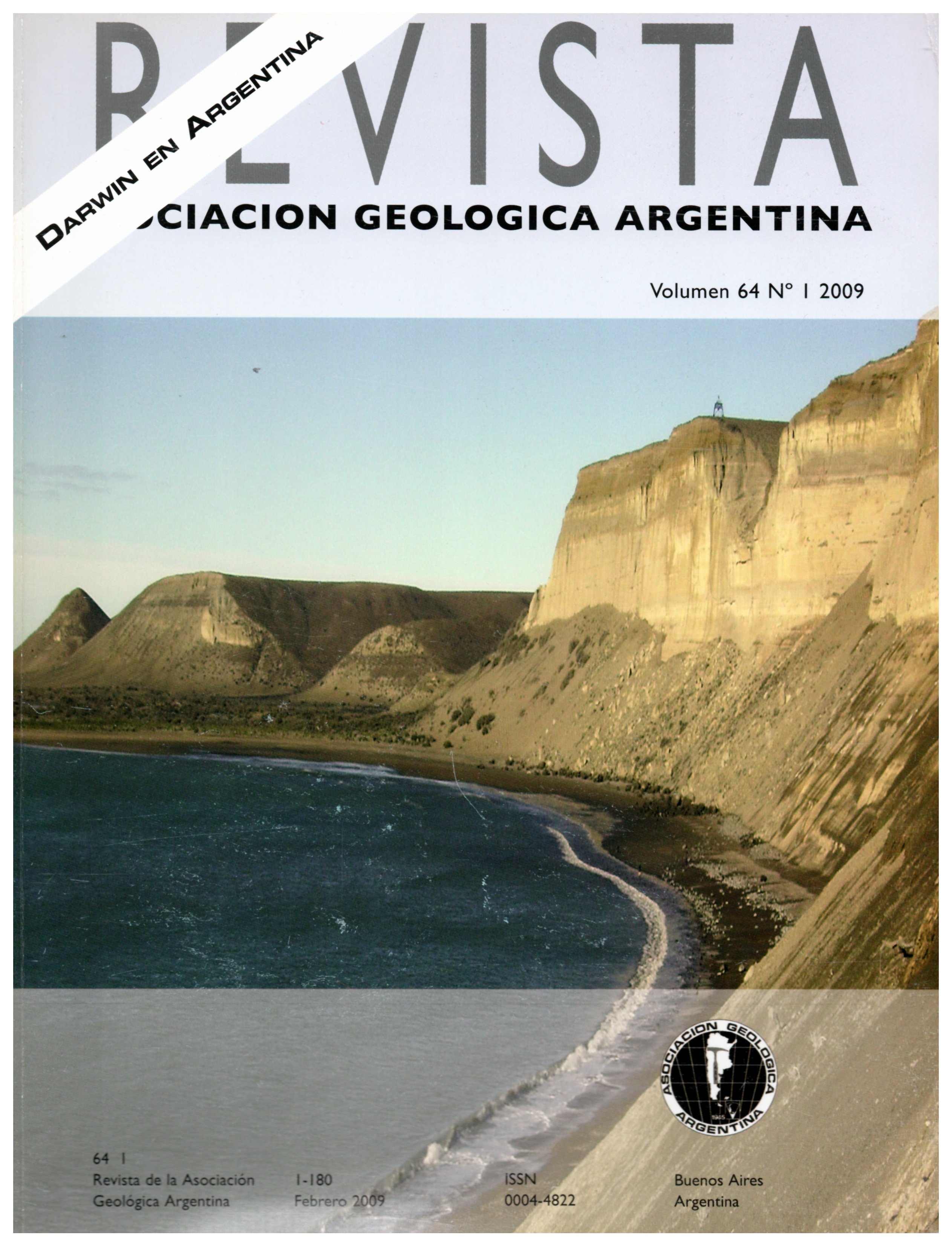Darwin at Puente del Inca: observations on the formation of the Inca's bridge and mountain building
Main Article Content
Abstract
The analyses of the observations of Charles Darwin at Puente del Inca, during hissecond journey across the High Andes drew attention on two different aspects ofthe geological characteristics of this classic area. Most of his descriptions on the characteristics and the origin of the natural bridge were not published, mainly due to his poor impression of Puente del Inca. However, the application of the uniformitarian principles shows that it was formed as an ice bridgeassociated with snow and debris avalanches later on cemented by the minerals precipitated by the adjacent hot-water springs. Darwin's observations on the complex structural section at Puente del Inca, together with his findings of shallow water marine fossil mollusks in the thick stratigraphic column of the area interfingered with volcanic rocks, led him to speculate on several geological processes. Based on his geological observations, Darwin argued on the mountain uplift, the subsidence of the marine bottom, the episodic lateral growth of the cordillera, and their association with earthquakes and volcanic activity, which was an important advance in the uniformitarian hypothesis of mountain uplift proposedby Charles Lyell. Darwin was able to recognize the episodic nature of mountain uplift, and basedon these premises he concluded that the Andes were still undergoing uplift. Takenas a whole, his ideas anticipated in many years some of the premises of the geosynclinal theory, and current hypothesis on foreland migration of the foldand thrust belts.
Article Details

This work is licensed under a Creative Commons Attribution-NonCommercial 4.0 International License.
Nota de copyright
Los autores conservan los derechos de autor y garantizan a la revista el derecho de ser la primera publicación del trabajo licenciado según una licencia de atribución Creative Commons que permite a otros compartir el trabajo con el reconocimiento de la autoría y de la publicación en la que se publicó por primera vez.
Declaración de privacidad
Los nombres y direcciones de correo electrónico introducidos en esta revista se usarán exclusivamente para los fines declarados por esta revista y no estarán disponibles para ningún otro propósito u otra persona.

